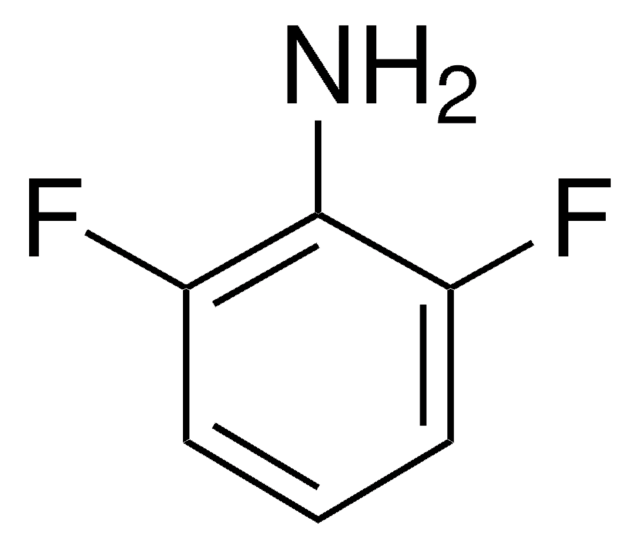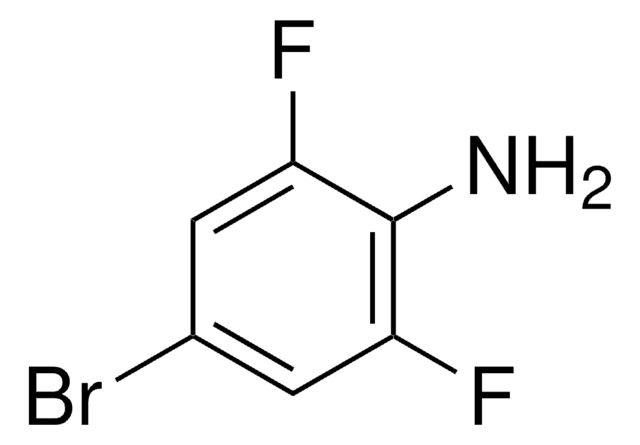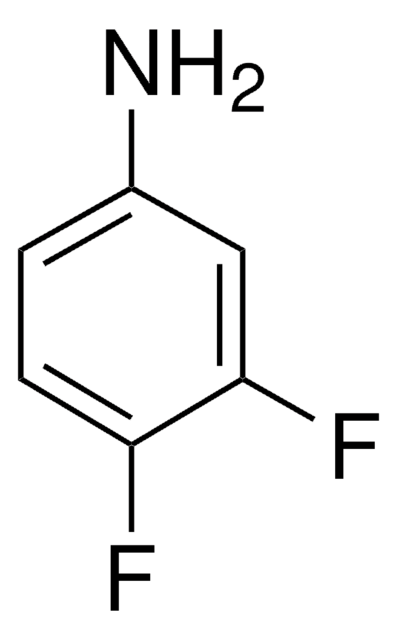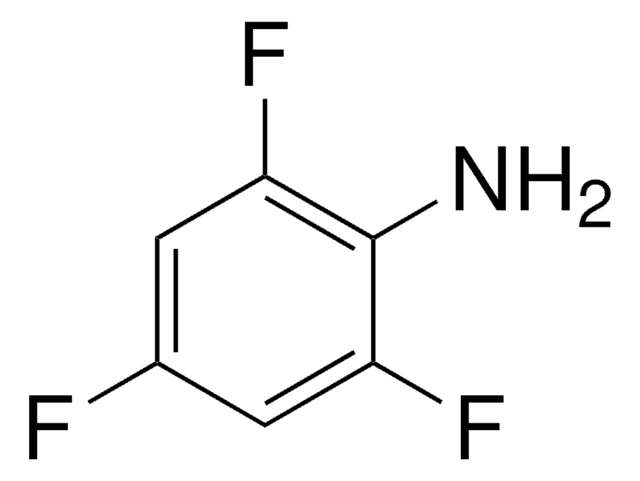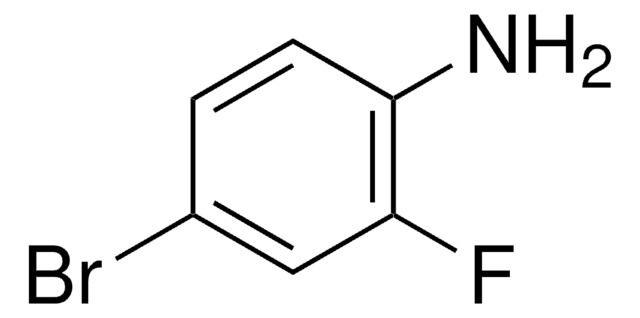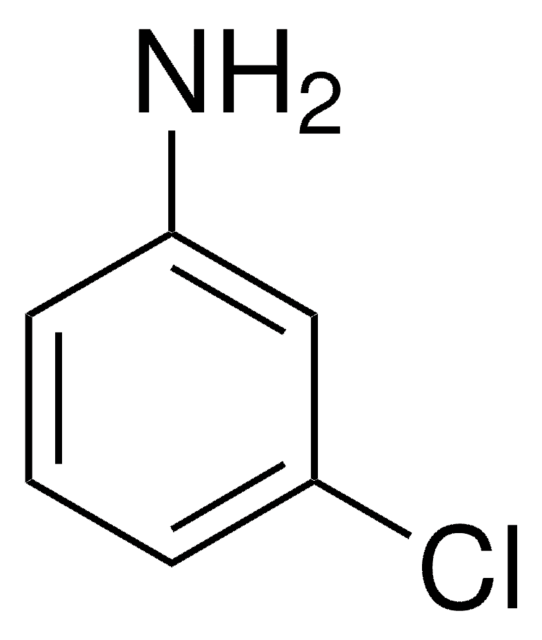Wichtige Dokumente
D101400
2,4-Difluor-anilin
99%
About This Item
Empfohlene Produkte
Qualitätsniveau
Assay
99%
Form
liquid
Brechungsindex
n20/D 1.506 (lit.)
bp
170 °C/753 mmHg (lit.)
mp (Schmelzpunkt)
−7.5 °C (lit.)
Dichte
1.268 g/mL at 25 °C (lit.)
SMILES String
Nc1ccc(F)cc1F
InChI
1S/C6H5F2N/c7-4-1-2-6(9)5(8)3-4/h1-3H,9H2
InChIKey
CEPCPXLLFXPZGW-UHFFFAOYSA-N
Suchen Sie nach ähnlichen Produkten? Aufrufen Leitfaden zum Produktvergleich
Verwandte Kategorien
Signalwort
Danger
H-Sätze
Gefahreneinstufungen
Acute Tox. 3 Dermal - Acute Tox. 4 Oral
Lagerklassenschlüssel
6.1C - Combustible acute toxic Cat.3 / toxic compounds or compounds which causing chronic effects
WGK
WGK 1
Flammpunkt (°F)
143.6 °F - closed cup
Flammpunkt (°C)
62 °C - closed cup
Persönliche Schutzausrüstung
Eyeshields, Faceshields, Gloves, type ABEK (EN14387) respirator filter
Hier finden Sie alle aktuellen Versionen:
Besitzen Sie dieses Produkt bereits?
In der Dokumentenbibliothek finden Sie die Dokumentation zu den Produkten, die Sie kürzlich erworben haben.
Kunden haben sich ebenfalls angesehen
Global Trade Item Number
| SKU | GTIN |
|---|---|
| D101400-100G | 4061838353627 |
| D101400-10G | 4061833558348 |
| D101400-25G | 4061833558355 |
Unser Team von Wissenschaftlern verfügt über Erfahrung in allen Forschungsbereichen einschließlich Life Science, Materialwissenschaften, chemischer Synthese, Chromatographie, Analytik und vielen mehr..
Setzen Sie sich mit dem technischen Dienst in Verbindung.